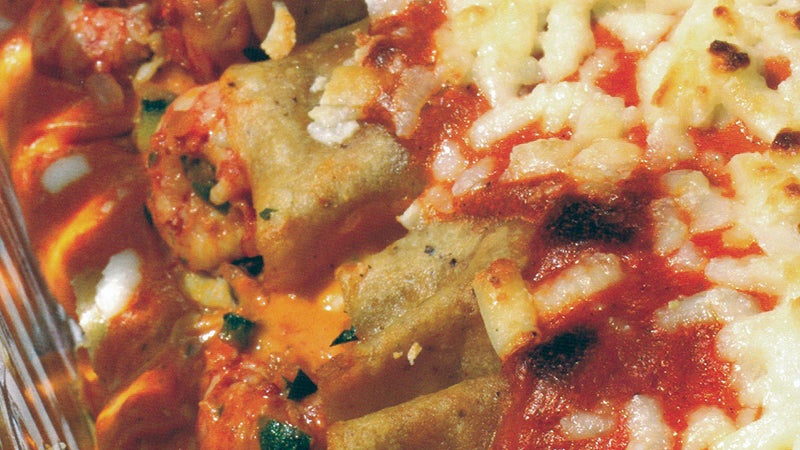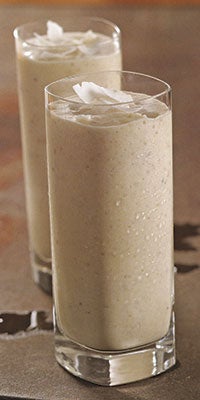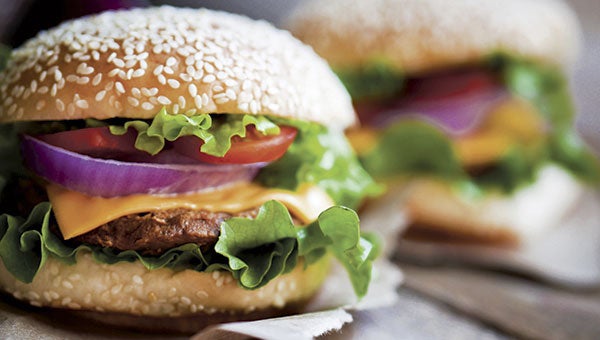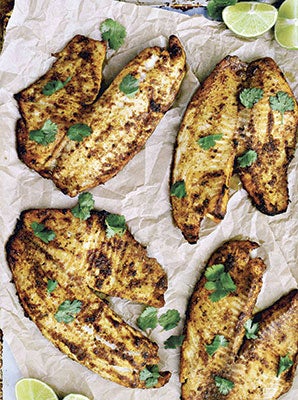‘Flava’ in the fava beans
Published 12:03 am Saturday, May 24, 2014
My husband produced our first fava beans four years ago and I did an article on them; I was so impressed with how good they tasted. Well, four years later he has produced more. I am still impressed with how good they are but what happened in the intervening years? He did buy a book on vegetable gardening in Williamsburg last summer, Vegetable Gardening, The Colonial Williamsburg Way. Where most guides give a range of dates for planting, the author of this book gives planting guides as to what is actually happening in the garden. The advice for the planting of fava beans is to plant them when the last leaves fall in the autumn which is about the first of December here. That’s what he did. Maybe the secret. Despite our hard winter the favas produced.
While fava beans look a bit like lima beans, they are less starchy and fuller in flavor; nutty and slightly sweet with just a hint of bitterness and a discernible taste of cheese. Though popular in other parts of the world, especially the Middle East, where both fresh and dried fava beans are eaten, favas are still considered a specialty vegetable in North America. They are incredibly healthy and quite versatile. Cooked until tender, they turn buttery and can be added to soups, salads, or pastas, braised as a side dish, puréed for a dip, or eaten out of hand as a snack.
Fava beans are also called broad beans or horse beans. Grown in large fleshly pods that have a thick, cottony lining, each flat lava is encased in a pale, fairly thick skin, which becomes thicker and more bitter as the favas grow larger.
To shell and peel fava beans:
First break open the pods. Sometimes you can slide your finger along one side, opening the seam as you would a zipper, but other times you just have to break the pod apart in pieces.
Blanch the favas in boiling water for one minute and then cook under running water. Or transfer the favas to a bowl of ice water.
Favas have one wider, slightly flattened end with a scar where it was attached to the shell. Grasp the fava between your fingers with the scar facing up, and with the thumbnail of your other hand, tear into the scar end and peel back. Pinch gently and the fava will slide right out.’
You might substitute butter beans or peas in these recipes but if you can find them try the favas for an extra treat.
My favorite fava bean recipe is young favas with cream. This is from the French chef Roger Vergé. You cannot go wrong with this recipe.
Young Favas with Cream
4 servings
5 ½ pounds young fava beans
¾ cup heavy cream
A sprig of fresh savory (I used fresh thyme)
Salt and freshly ground black pepper
1 tablespoon chopped parsley
Shell the beans and slip each bean out of its tough skin.
Pour the cream into a shallow pan; add salt and the savory, and bring to a boil. Add the fava beans and boil, uncovered for 5 minutes.
Check that the beans are done; they should be tender but not falling apart. Remove the savory.
Add salt and pepper to taste and sprinkle with chopped parsley.
I had an appetizer at Bottega that consisted of tiny pasta shells with fava beans in a creamy cheese sauce. It was wonderful. This makes me think that fava beans would be great in a risotto. This recipe adds peas and asparagus with the fava beans in the risotto. All of these vegetables are in season now so it is a wonderful springtime dish.
Risotto with Fava Beans, Asparagus and Peas
Serves 8
1 ½ pounds fava beans in the pod
Salt
½ pound asparagus, trimmed, cut into 1-inch lengths
4 cups vegetable or chicken stock
2 tablespoons extra-virgin olive oil
1 small yellow onion, minced
3 ounces diced fresh ham
1 ½ cups Italian Arborio rice
1 cup dry white wine, such as Sauvignon Blanc
1 cup shelled fresh English peas
1 tablespoons unsalted butter
1 cup grated Parmigiano Reggiano
Freshly ground black pepper
Peel the outer husk of the fava beans and discard. Bring a pot of water to boil, add the fava beans and boil for 30 seconds. Drain, cook the beans and peel the outer bright shell. Discard the shells and reserve the beans.
Bring 2 cups salted water to a boil, add the asparagus and boil until tender, 4 to 5 minutes. Drain and reserve the asparagus and water separately. Place the asparagus water, vegetable or chicken stock and 2 cups water in the saucepan over low heat.
In a large saucepan over medium heat, warm the olive oil and cook the onions and ham until the onions are soft, 10 minutes. Add the rice and stir until the rice is coated with oil and just begins to stick to the bottom of the pan, 2 to 3 minutes. Add the wine and cook, stirring constantly, until the wine is almost absorbed. Add a ladle of hot stock and continue to cook, stirring constantly, until the rice is just tender and not chalky, 18 to 22 minutes. Add the peas and continue to add the stock for an additional 2 minutes, until the rice is creamy and just beyond the chalky stage. If you run out of chicken or vegetable stock, use hot water.
Remove the pan from the heat, add another ladleful of stock, butter, cream, asparagus, fava beans, half of the Parmigiano, salt and pepper. Stir quickly, cover and let sit covered off the heat for 5 minutes.
After 5 minutes, stir the risotto. Serve immediately garnished with the remaining Parmigiano.





